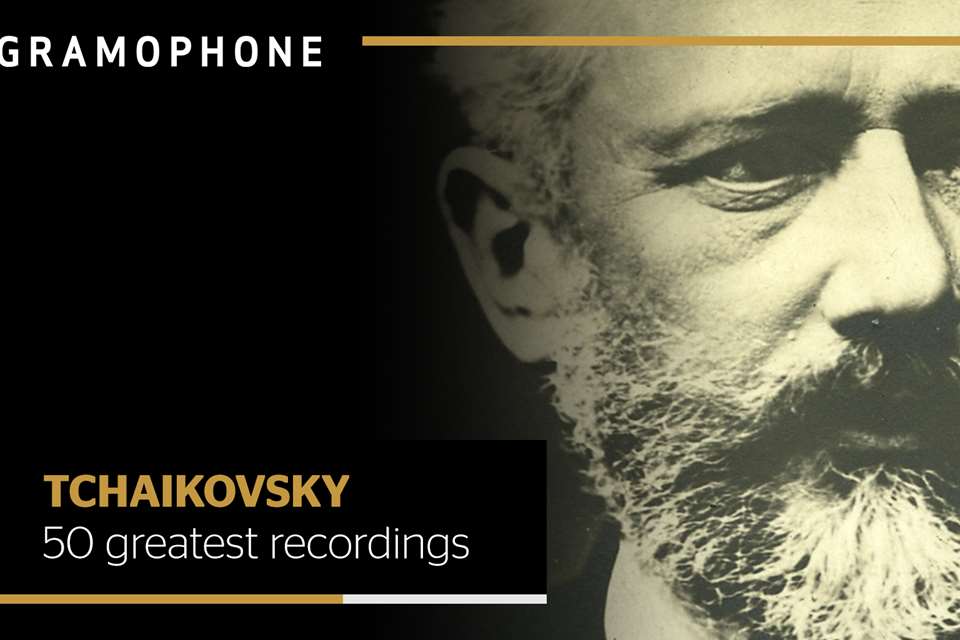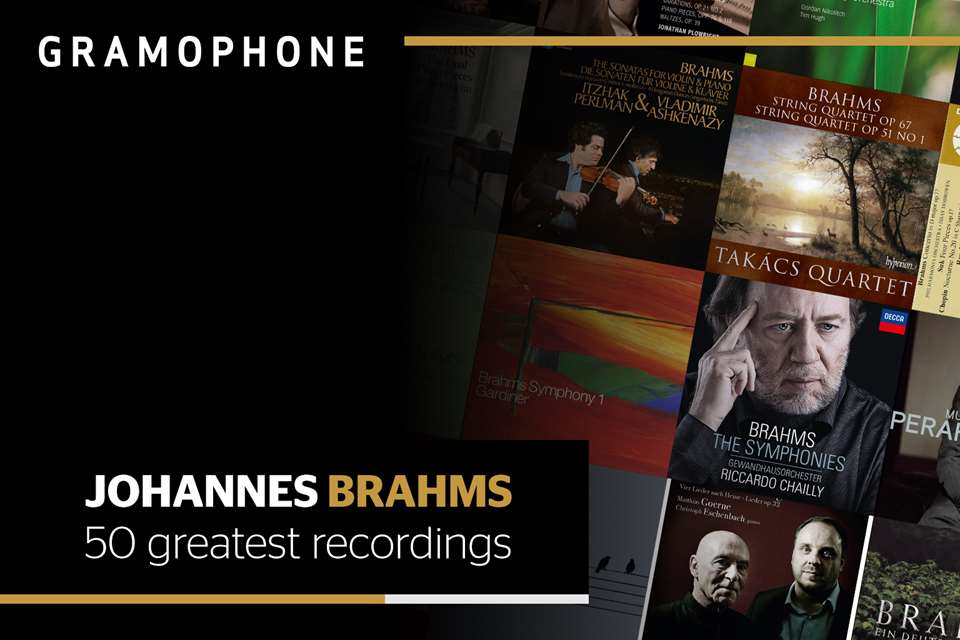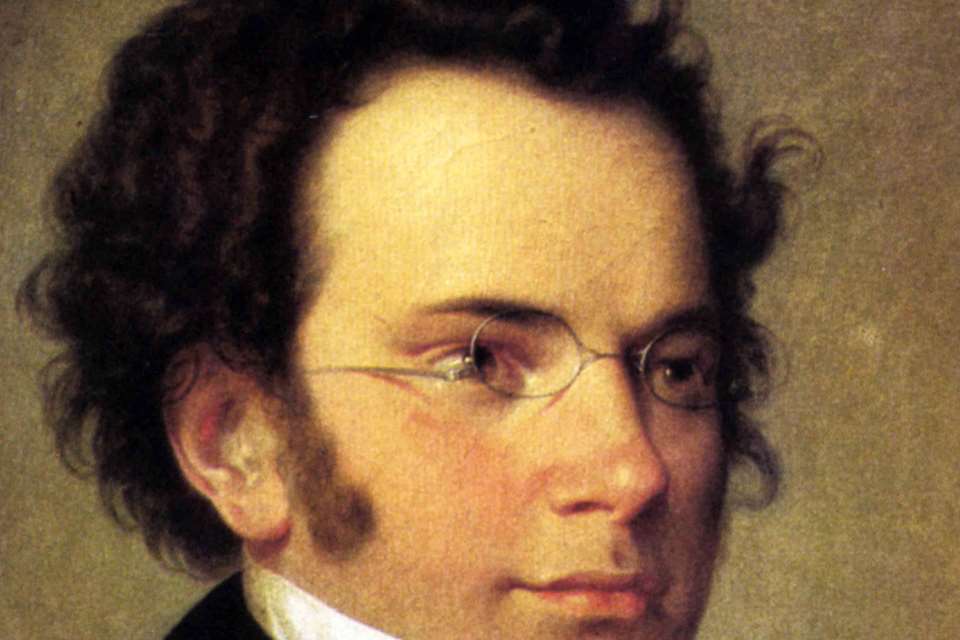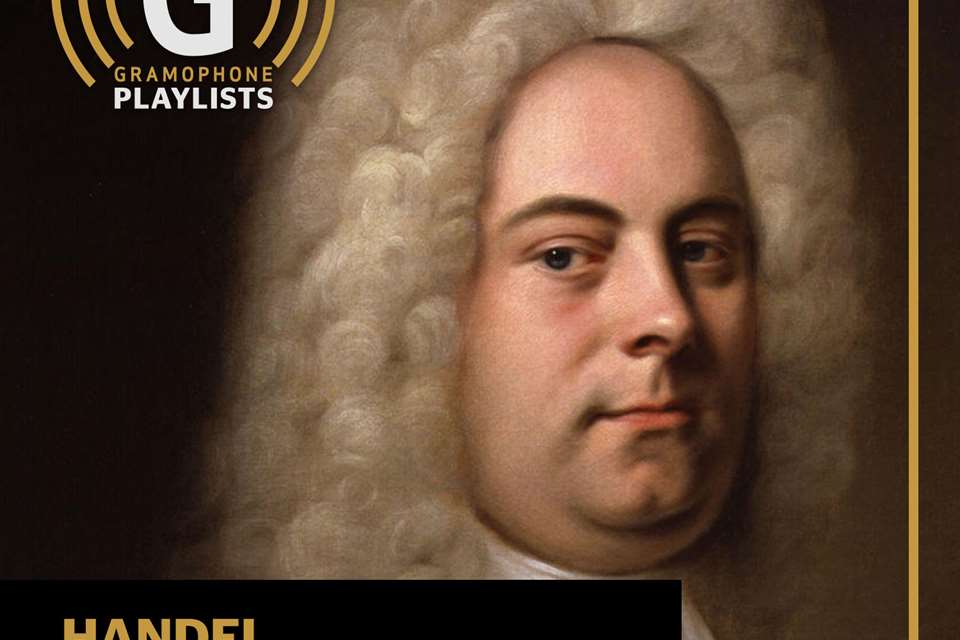The 50 best Mahler albums
Sunday, January 1, 2023
A beginner's guide to the 50 greatest Mahler recordings, featuring extracts from the original Gramophone reviews
Register now to continue reading
Thanks for exploring the Gramophone website. Sign up for a free account today to enjoy the following benefits:
- Free access to 3 subscriber-only articles per month
- Unlimited access to our news, podcasts and awards pages
- Free weekly email newsletter















